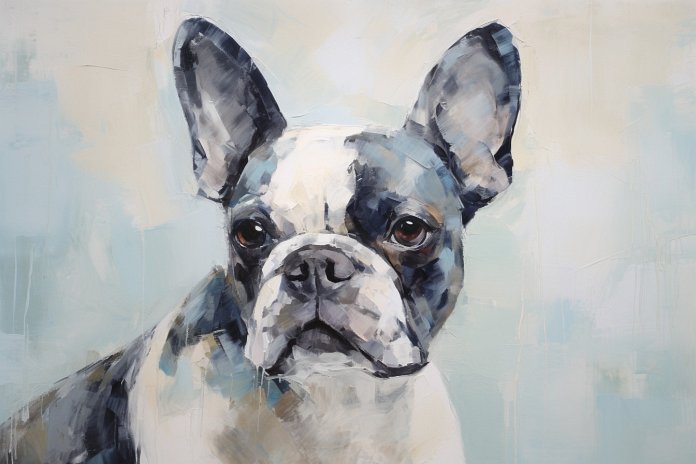
Dogs can experience anxiety, which stems from fear. They may occasionally or consistently feel anxious, and can even develop anxiety disorders like humans. Identifying symptoms and causes early on is crucial to addressing and managing anxiety in dogs.
Signs of a Dog Feeling Anxiety
There are several signs to watch for when your dog is becoming stressed and anxious. These include seeking solitude or hiding, seeking more comfort and affection, shaking and panting excessively, paw biting and chewing, excessive barking, aggression towards other dogs, excessive energy, indoor accidents, destruction of objects, and panic attacks.
Body Language
Signs of anxiety in dogs include barking, whining, shaking, cowering, panting, and pacing.
Other Signs
Other signs of anxiety in dogs include panic attacks, excessive barking or howling, excessive energy or sleeping, aggression towards other dogs, destruction of household items, seeking more affection than usual, seeking solitude and hiding, and biting, chewing, and licking paws.
History of Dogs Feeling Anxiety
Anxiety in dogs has likely always been a concern, as they have always faced fears and anxieties in their lives. It is estimated that around two-thirds of dogs experience fear and anxiety. Recent studies have shown that dogs can suffer from mental illnesses like anxiety and depression.
Science Behind Dogs with Anxiety
Some dogs may have a genetic predisposition to anxiety, while others may develop it due to traumatic experiences. Chemical imbalances in the brain may contribute to anxiety in dogs.
Training for Dogs with Anxiety
There are various strategies to help dogs with anxiety, such as creating a calm and comfortable environment, avoiding rewarding anxious behavior, avoiding harsh punishment, desensitization exercises, and creating a safe place for the dog to retreat to when anxious.
“Helping your anxious dog find peace and calm starts with understanding their signs and providing a safe space.”

Tips & Things to Know
1️⃣ It’s crucial to be able to identify signs of anxiety in your dog to prevent them from developing a chronic anxiety disorder. These signs can range from subtle behaviors such as seeking solitude or showing excessive affection, to more apparent signs like excessive barking, destruction of household items, and panic attacks.
2️⃣ Dogs can develop anxiety from traumatic experiences, genetic tendencies, or chemical imbalances in the brain. If your dog had a bad experience, such as a loud firework display, they may associate other loud noises with that memory and become fearful. Understanding the root of your dog’s anxiety can help in addressing it effectively.
3️⃣ To help your dog cope with anxiety, it’s important to encourage them to feel relaxed in different environments and avoid rewarding anxious behavior. Techniques such as desensitization exercises, where they are gradually exposed to the thing that causes their anxiety, can be useful. Creating a safe space, such as a comfortable crate, can also provide them with a place to retreat when they are feeling anxious.
Frequently Asked Questions, Answered ✅
1. What are some signs that indicate a dog is feeling anxious?
– Some signs of anxiety in dogs include seeking solitude, hiding, shaking, panting, paw biting and chewing, excessive barking, aggression towards other dogs, destruction of furniture, and panic attacks.
2. Can dogs develop anxiety disorders similar to humans?
– Yes, dogs can suffer from anxiety disorders much like humans do.
3. What are some possible causes of anxiety in dogs?
– Dogs can develop anxiety from traumatic experiences, genetic predisposition, or fear-provoking situations such as being left alone, thunderstorms, or traveling.
4. How can you help a dog with anxiety?
– You can help a dog with anxiety by identifying the symptoms, creating a safe place for them, engaging in desensitization exercises, and teaching them how to feel relaxed and calm in different settings.
5. What is the estimated percentage of dogs that suffer from fear and anxiety?
– It is estimated that nearly two-thirds of all dogs suffer from fear and anxiety.